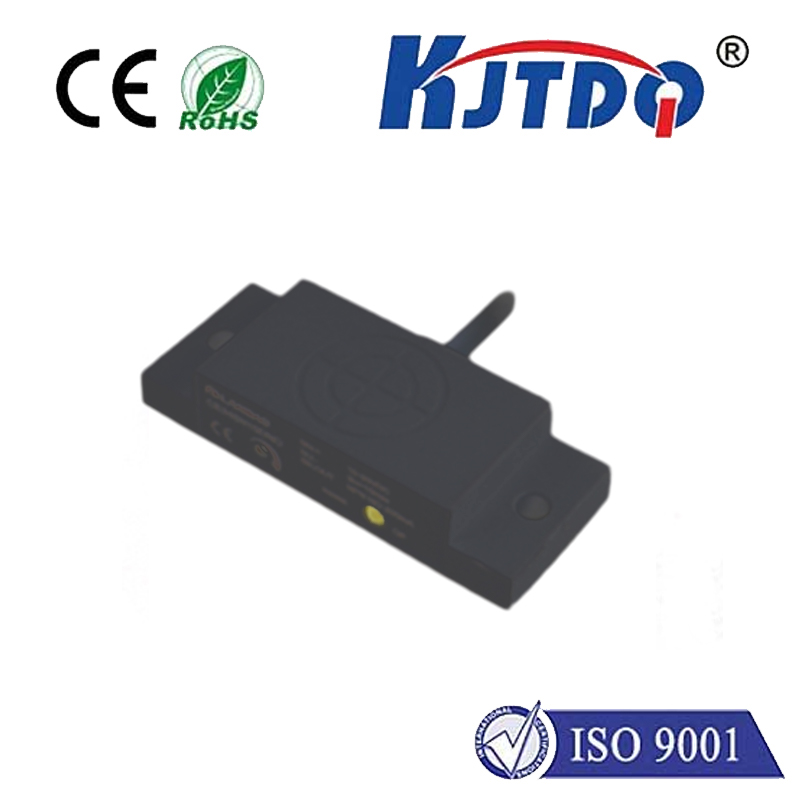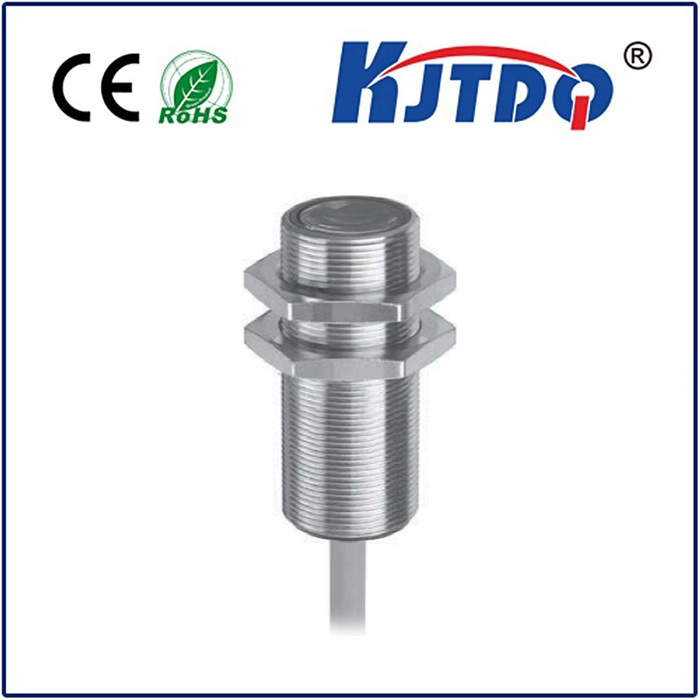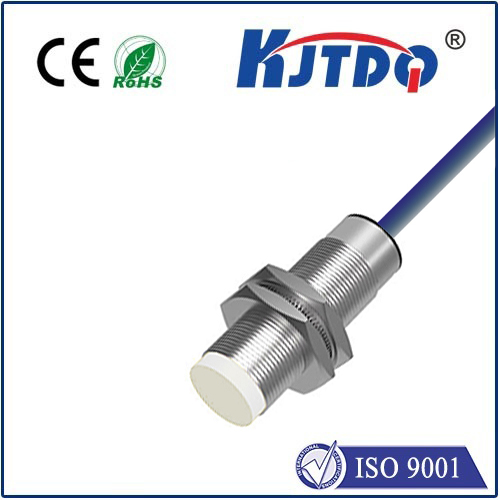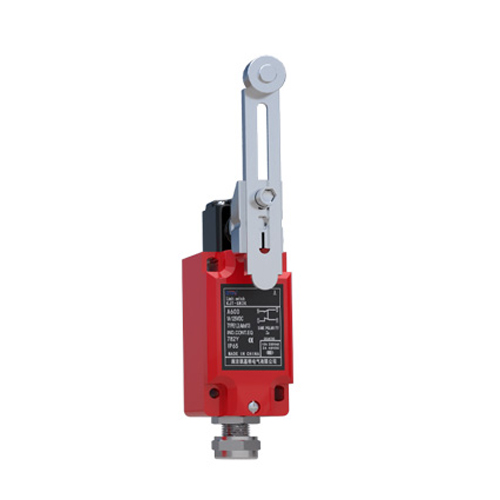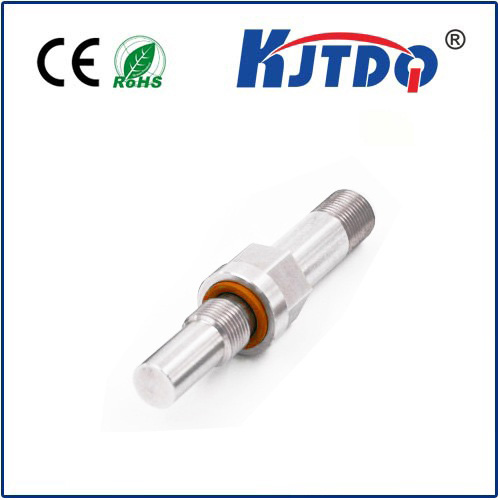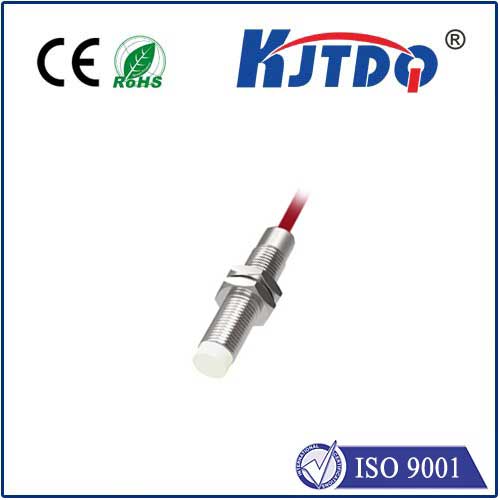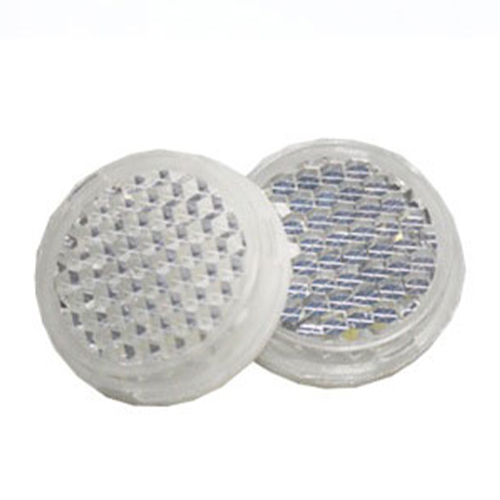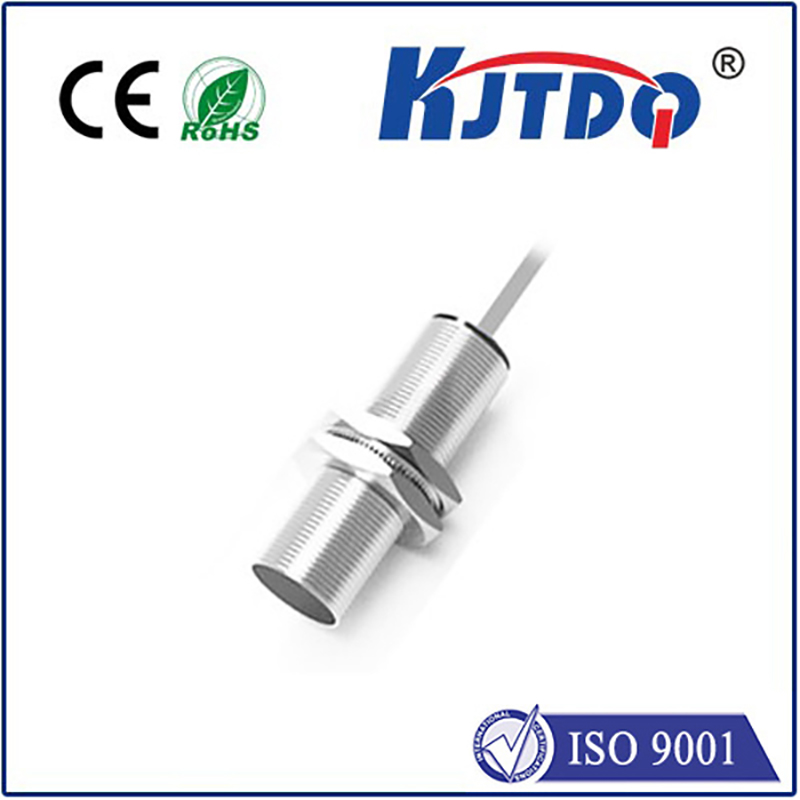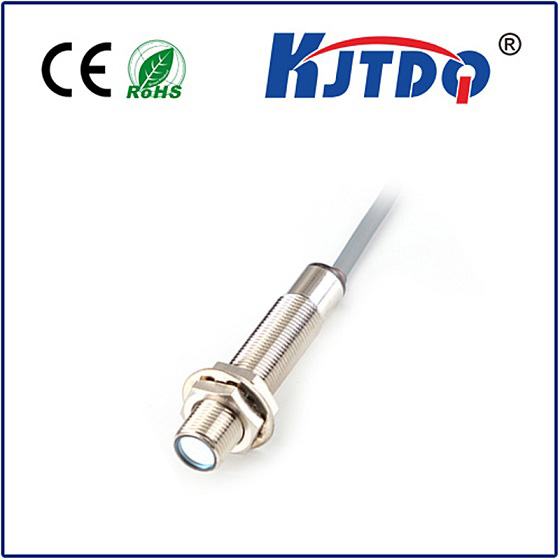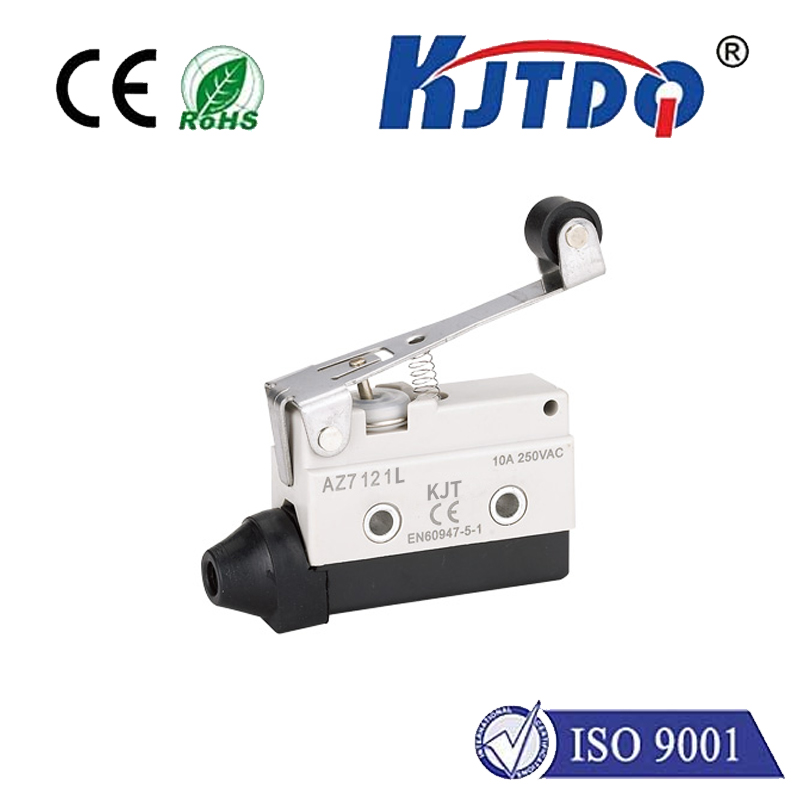

check

check

check

check
Imagine a high-speed robotic arm seamlessly interacting with components on an assembly line, or heavy machinery halting instantly as a worker approaches a hazardous zone. This isn’t just efficiency; it’s fundamental safety made possible by a critical component: the safety rated proximity sensor. Far more than standard counterparts, these specialized devices form the bedrock of functional safety in automated environments, preventing accidents and protecting personnel where the stakes are highest. Understanding what they are, why they differ, and how they work is essential for engineers designing and maintaining safe industrial systems.
At their core, proximity sensors detect the presence or absence of an object without physical contact, typically using electromagnetic fields (inductive), light (photoelectric), or ultrasound. However, safety rated proximity sensors are engineered and certified to meet rigorous international standards like IEC 60947-5-3, IEC 60947-5-2 (for outputs), or ISO 13849 / IEC 62061 (for the overall safety function). This certification isn’t a mere badge; it signifies a fundamental design commitment to fail-safe operation and reliability under fault conditions.
So, what sets them apart? Standard proximity sensors can fail in ways that leave a machine dangerously operational – for instance, welding “on” due to an internal short circuit. Safety rated sensors incorporate sophisticated internal diagnostics and redundant architectures specifically designed to detect internal failures and transition the output to a defined safe state (usually OFF or de-energized). Crucially, they feature complementary (diverse) outputs (e.g., OSSD - Output Signal Switching Device). Instead of a simple open/close signal, these outputs constantly pulse or toggle. If the internal monitoring circuitry detects any fault – a short circuit, sensor coil damage, or processor malfunction – it stops pulsing, signaling the connected safety controller to initiate a safety shutdown. This self-monitoring capability and defined reaction to failure are the hallmarks of a true safety device.

The significance of Safety Integrity Level (SIL) or Performance Level (PL) ratings cannot be overstated. These metrics, defined in standards like IEC 61508 (SIL) and ISO 13849 (PL), quantify the reliability and risk reduction capability of a safety function. A sensor rated for SIL 2/PL d, for instance, provides a higher level of assured safety than one rated for SIL 1/PL c. Selecting a device with the appropriate SIL/PL rating for the specific application risk assessment is paramount. Safety rated proximity sensors undergo rigorous testing and verification to achieve and maintain these ratings, providing documented proof of their safety performance.
The applications where these sensors prove indispensable are varied but consistently involve high-risk areas:
Integrating these sensors effectively requires more than just swapping out a standard model. They must connect to a certified safety controller or relay capable of interpreting their OSSD signals and initiating the safety function. The entire safety system, including wiring and the controller, must be evaluated to ensure it meets the target SIL or PL. Proper installation, commissioning, and periodic functional testing (as required by regulations like OSHA or the Machinery Directive) are critical to maintaining the integrity of the safety function over time. Neglecting these steps can inadvertently compromise the very protection the sensor is designed to provide.
The undeniable benefits of implementing safety rated proximity sensors extend far beyond mere regulatory compliance:
Choosing the right safety rated proximity sensor involves carefully considering several factors: the required detection range and operating principle (inductive, capacitive, photoelectric), the necessary SIL or PL rating determined by the risk assessment, the environmental conditions (temperature, humidity, washdown, chemicals), the physical size and mounting constraints, and the required connection type (cable or connector). Consulting with safety specialists and sensor manufacturers is highly recommended during the specification process. Regular validation testing is non-negotiable – safety functions degrade over time due to environmental stress, component wear, or unforeseen damage. Periodic checks, as defined by the system designer and relevant standards, ensure the safety loop remains reliable.
In an era where automation complexity accelerates, the demand for reliable machine safeguarding intensifies. Safety rated proximity sensors transcend being mere components; they constitute the vital sensory nodes within a larger Functional Safety ecosystem. From the pulse of their OSSD outputs to their meticulously designed failure modes, these sensors are engineered to be dependable guardians. Investing in certified safety technology isn’t just following regulations; it’s a fundamental commitment to operational excellence and, most importantly, to valuing the irreplaceable safety of the workforce.
